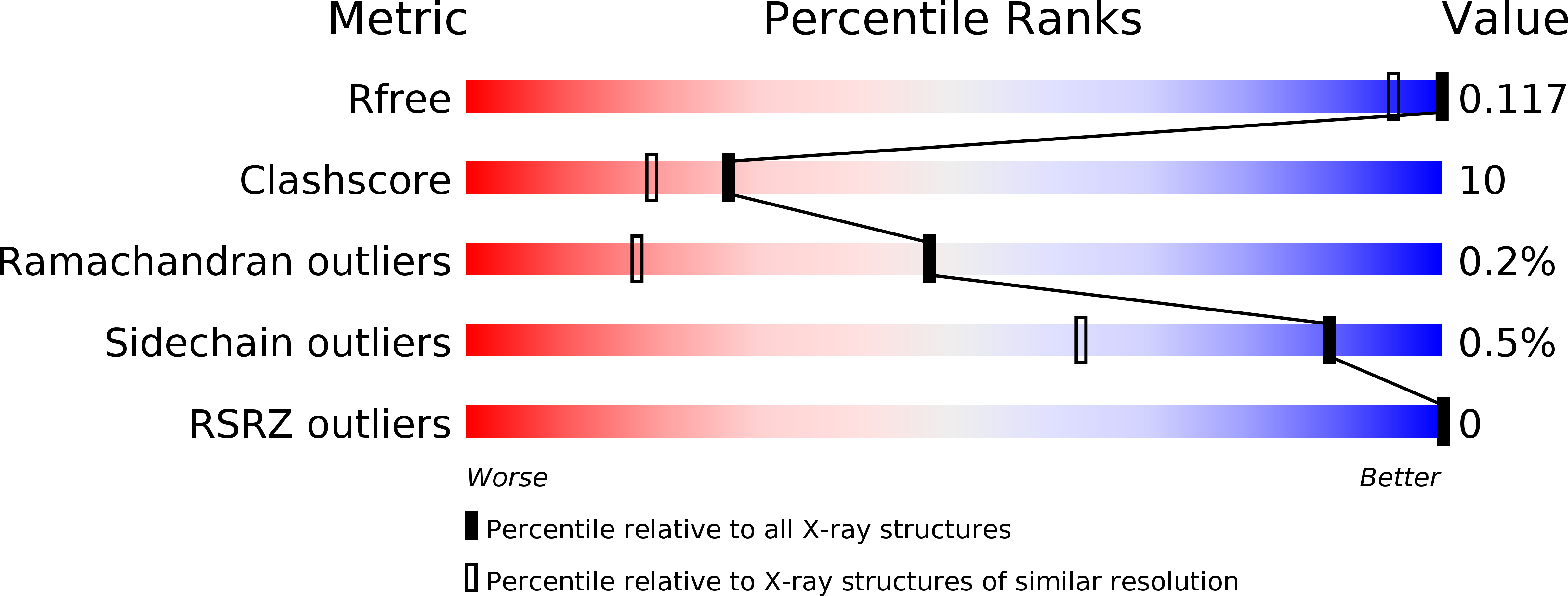
Deposition Date
2007-12-17
Release Date
2008-01-22
Last Version Date
2023-12-13
Entry Detail
PDB ID:
2VK5
Keywords:
Title:
THE STRUCTURE OF CLOSTRIDIUM PERFRINGENS NANI SIALIDASE AND ITS CATALYTIC INTERMEDIATES
Biological Source:
Source Organism:
CLOSTRIDIUM PERFRINGENS (Taxon ID: 1502)
Host Organism:
Method Details:
Experimental Method:
Resolution:
0.97 Å
R-Value Free:
0.12
R-Value Work:
0.11
Space Group:
P 21 21 21


